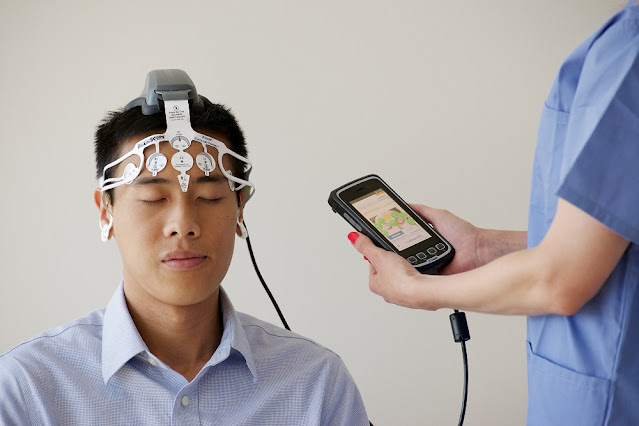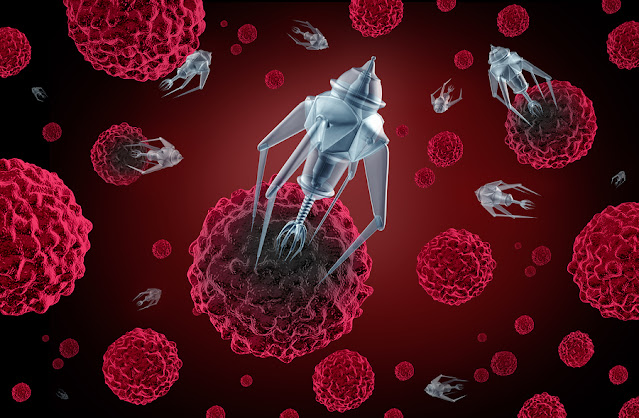Primary Sclerosing Cholangitis (PSC) Is A Rare Chronic Disease
 |
| Primary Sclerosing Cholangitis |
Primary sclerosing cholangitis (PSC) is a rare chronic disease that causes inflammation and scarring in the bile ducts of the liver. The bile ducts are tubes that carry bile from the liver to the small intestine. Bile is necessary for digesting fats. When the bile ducts are damaged, bile builds up in the liver, causing scarring over time. This scarring is called fibrosis and can eventually lead to cirrhosis or liver failure if left untreated.
Causes and Risk Factors of PSC
The exact cause of PSC is unknown, but it is considered an autoimmune disease.
In an autoimmune disease, the immune system mistakenly attacks healthy cells in
the body. Researchers believe genetic and environmental factors may contribute
to the development of PSC. Some potential risk factors include:
- Family history: PSC sometimes runs in families, indicating a genetic
component. Having a close relative with PSC increases one's own risk.
- Inflammatory bowel disease: About 70-80% of people with PSC also have
ulcerative colitis. The two diseases are closely associated.
- Smoking: Smoking may provide some protection against Primary
Sclerosing Cholangitis and slow
its progression. Former smokers have a higher risk than nonsmokers.
- Gender: PSC predominantly affects men. The male-to-female ratio is
approximately 2:1 or 3:1.
Symptoms of PSC
The symptoms of PSC can vary between individuals and over time. Some common
early symptoms include:
- Itching: Severe itching is very common in PSC and often one of the earliest
signs.
- Fatigue: Ongoing fatigue and lack of energy are frequently reported.
- Abdominal discomfort: Dull or achy discomfort in the upper right part of the
abdomen may be present.
- Pale stools or dark urine: These could indicate a problem with bile flow
through the liver.
More advanced symptoms as the disease progresses include:
- Jaundice: The skin and whites of the eyes take on a yellowish tint due to
elevated bilirubin levels.
- Pruritus: Intense itching that often occurs with jaundice.
- Weight loss and loss of appetite.
- Ascites: A buildup of fluid in the abdominal cavity.
- Varices: Enlarged veins in the esophagus or stomach due to elevated blood
pressure in the liver.
Diagnosing Primary Sclerosing Cholangitis
There is no single test to definitively diagnose PSC, so physicians rely on a
combination of factors:
- Liver tests: Blood tests like alkaline phosphatase and bilirubin are often
elevated in PSC patients.
- Imaging tests: Ultrasounds can detect early-stage PSC, while MRCP or MRIs
best visualize strictures and narrowing of bile ducts.
- Liver biopsy: Examining liver tissue under a microscope can confirm fibrosis
and inflammatory changes characteristic of PSC.
- Colonoscopy: Common since PSC often accompanies IBD. Pathologists check for
irregularities in the large intestine.
- Liver biopsy: The gold standard for diagnosis as it shows characteristic
scarring patterns under the microscope.
Managing and Treating Primary Sclerosing Cholangitis
Currently, there is no cure for PSC, so treatment focuses on relieving symptoms
and slowing disease progression. Lifestyle changes and medications may include:
- Ursodeoxycholic acid: An oral bile acid medication that studies show modestly
improves liver enzymes and delays worsening.
- Itch relief: Antihistamines, cholesterol binds, phototherapy using UV light
help control itching.
- IBD therapies: Medications and monitoring for ulcerative colitis when
present.
- Antibiotics: May slow PSC when given over long periods in combination with
ursodeoxycholic acid.
- Endoscopic retrograde cholangiopancreatography (ERCP): Used to relieve
blockages by draining or placing stents in bile ducts.
- Liver transplant: The only life-saving option when advanced scarring causes
liver failure and cirrhosis develop. Annual screening is crucial.
Prognosis and Outlook for PSC Patients
The progression of PSC differs greatly among individuals with some experiencing
essentially normal lives while others progress rapidly to liver failure
requiring transplant. Overall:
- 15 years after diagnosis, about 30% will require liver transplant or die from
their disease.
- 10% progress slowly over many decades while 10% progress rapidly within 5
years.
- Annual screening helps monitor changes and readiness for transplant outweighs
risks of surgery.
- With transplant, 5-year survival is 70-80% and median survival past 20 years
signifies a successful "cure" for end-stage liver disease from PSC.
Primary Sclerosing Cholangitis is a lifelong condition with an unknown
cause. Currently, there is no cure though treatments help manage inflammation,
itching, problems from ulcerative colitis, and delay disease progression. With
vigilant monitoring and timely transplant, many patients can live healthy,
active lives for decades despite the chronic challenges of this autoimmune
liver disease.
Get more insights on – Primary Sclerosing Cholangitis
About Author:
Money Singh
is a seasoned content writer with over four years of experience in the market
research sector. Her expertise spans various industries, including food and
beverages, biotechnology, chemical and materials, defense and aerospace,
consumer goods, etc. (https://www.linkedin.com/in/money-singh-590844163)



Comments
Post a Comment